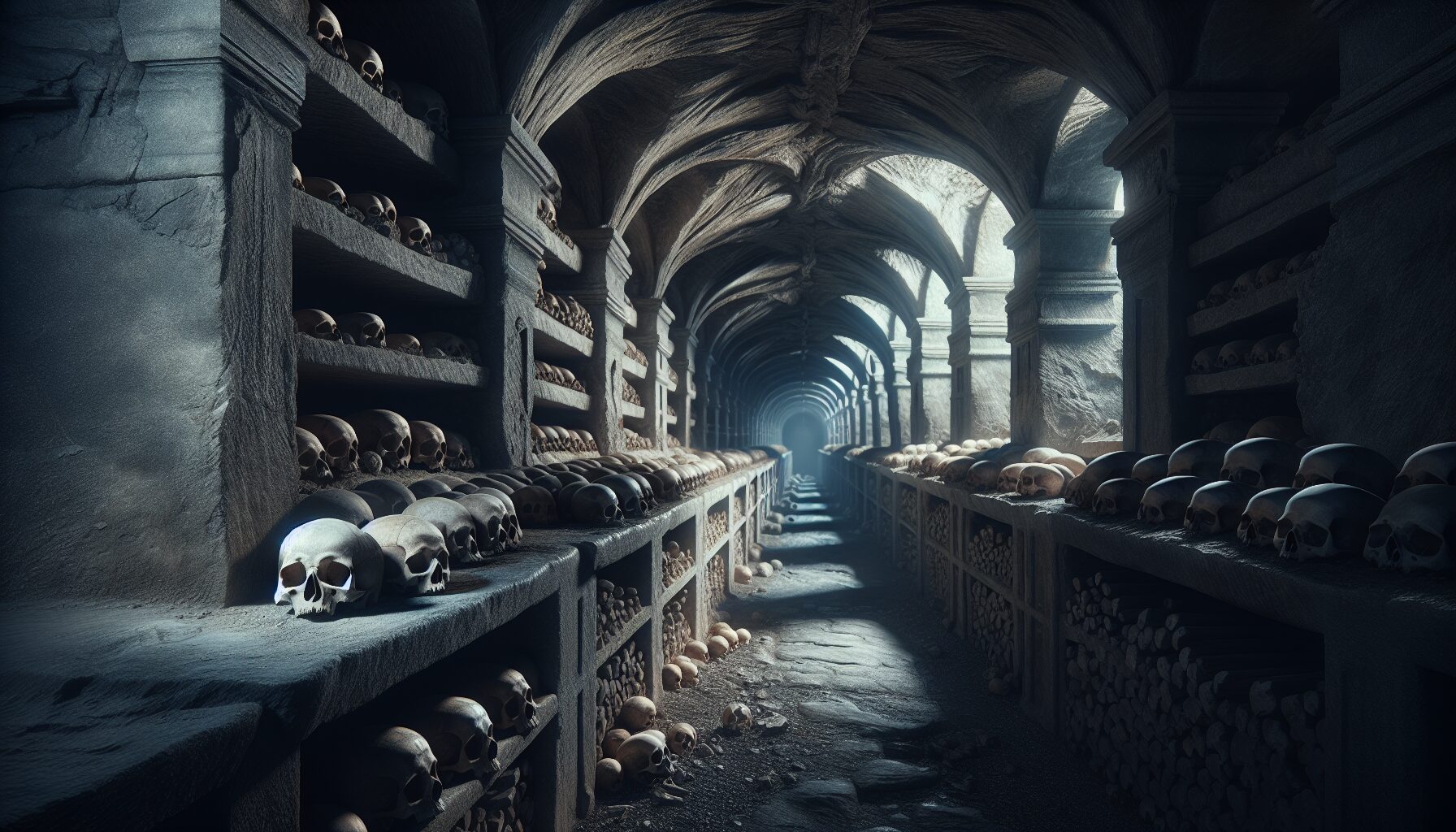In the heart of many cities around the world lie hidden passages, ossuaries, and labyrinthine tunnels that whisper stories from the past. Known as catacombs, these underground cities of the dead are steeped in history, mystery, and the awe-inspiring silence of eternity. They serve as haunting reminders of the juxtaposition between life and death, weaving together tales that span across centuries.
The Origins of Catacombs
Catacombs have existed for millennia, initially serving as subterranean burial sites for ancient peoples. The concept of burying the deceased below ground was driven by various factors, including religious beliefs, the scarcity of land, and epidemics that necessitated quick and efficient interment solutions. The word “catacomb” is thought to originate from the Latin ad catacumbas, a reference to a location in Rome where early Christian burials took place.
One of the most famous examples is the Catacombs of Rome, which served as both a burial site and a place of refuge for Christians facing persecution in the early centuries A.D.
Architectural Marvels
The catacombs are architectural wonders in their own right, showcasing the ingenuity and craftsmanship of historical architects and laborers. Some feature elaborate stonework, meticulously carved tombs, and intricate murals that depict religious scenes, daily life, and even warnings for the living. One remarkable feature of these catacombs, as noted by Atlas Obscura, is the Paris Catacombs’ intricately arranged bones, turning death into an arresting form of art.
Notable Catacombs Around the World
- The Catacombs of Paris: Beneath the bustling streets of Paris lies a labyrinthine network of tunnels extending over 200 miles. Originally quarries, these tunnels became the final resting place for over six million people as cemeteries ran out of space during the 18th century.
- Rome’s Catacombs: As the cradle of Christianity, Rome houses numerous catacombs where early Christians buried their dead, decorated with frescoes and symbols of their faith.
- The Catacombs of San Francisco: Not to be confused with the Californian city, this catacomb in Lima, Peru, lies beneath the Monastery of San Francisco and is famous for its bone displays that form geometric patterns.
- Odessa Catacombs: This extensive network in Ukraine is a mixture of natural caves and man-made tunnels, stretching approximately 1,500 miles and offering both historical intrigue and the perils of getting lost.
Cultural and Religious Significance
Catacombs have always held cultural and religious significance. For early Christians, they were not only burial sites but also places of worship and refuge. According to Smithsonian Magazine, “These sacred spaces were used to commemorate the deceased with prayer and respect, reinforcing a community’s common faith” (Smithsonian).
In modern times, catacombs serve as portals to the past, providing historians, archaeologists, and the curious with a tangible connection to ancient customs and traditions. They allow us to understand how different cultures viewed death and the afterlife, showcasing humanity’s eternal quest for meaning in the face of mortality.
The Silence and Solitude
“Beneath the vibrant life above, the catacombs echo the quietude of the past; a tranquil reassurance that speaks of history, life, and the infinite silence that binds us all,” remarked historian and travel writer Emma Shaw.
The silence of catacombs is profound. Walking through their dimly lit corridors, one is enveloped in an otherworldly calm, a stark contrast to the chaos of modern life just above the surface. This solemn stillness allows for reflection, encouraging visitors to ponder life’s transient nature and the persistence of memory.
Conclusion
The catacombs, these underground cities of the dead, offer more than just historical insight—they provide a unique perspective on life’s fleeting nature. Through their silent tunnels, they echo stories of resilience, faith, and humanity’s perpetual connection with those who came before. Whether for historical exploration, spiritual reflection, or the thrill of adventure, the quiet specter of the catacombs continues to draw visitors from around the globe, ensuring their vital place in the tapestry of human history.

Comments